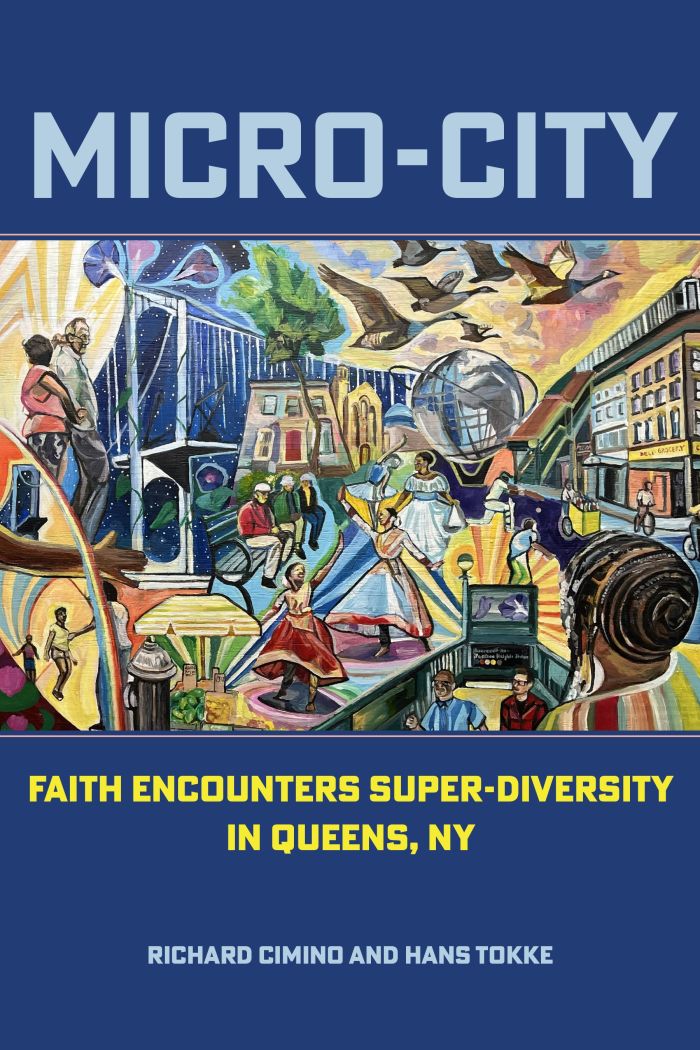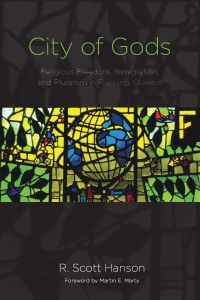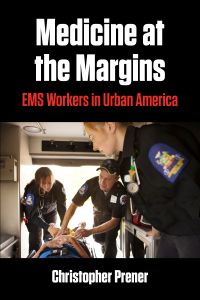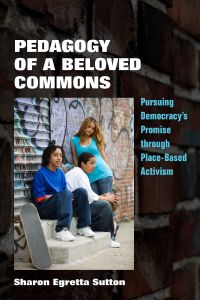Micro-City
Faith Encounters Super-Diversity in Queens, NY

This book can be opened with

An on-the-ground study of how faith communities create belonging and build bridges across one of the most diverse urban landscapes in the world
Micro-City follows congregations, clergy, and everyday New Yorkers across twelve Queens neighborhoods to show how religious life both shelters difference and connects it in public. Blending theories from urban sociology and the sociology of religion with fieldwork, Richard Cimino and Hans Tokke map a borough where no single group is the majority and where people cluster into micro-communities that feel like home, yet still meet, trade, vote, and celebrate across lines of ethnicity, language, and creed.
For readers interested in neighborhoods, culture, and faith, it offers a street-level tour of festivals, storefront churches, temples, parades, and parks. For scholars, students, and practitioners in urban studies, sociology of religion, and American studies, it sets out a usable framework for superdiversity grounded in interaction rituals and congregational niches, showing how bonding and bridging social capital take shape. Clergy, community organizers, and planners will find practical insights into how congregations act as specialist and generalist hubs, shaping neighborhood belonging, civic life, and cross-group cooperation.
Readers encounter Little Guyana’s Liberty Avenue, Greek Astoria, Pan-Asian Bayside, Holy Hip-Hop in Hollis, Jain, Buddhist, and Hindu temples, and hipster Hunters Point. Along the way the authors introduce archetypes such as pastor- and pundit-preneurs, civic Catholicism and charismatics, Black-clergy groups, and show how religious culture influences neighborhood politics and everyday coexistence. The result is a field guide to how plural cities work, and how they can work better.
An important contribution to the sociology of religion in urban areas. Micro-City demonstrates how faith inspires community building within identity groups, and cooperation with people across identity groups. An inspiring read for our isolated and polarized times.—Eboo Patel, author of We Need To Build: Field Notes for Diverse Democracy; Founder and President, Interfaith America
Micro City: Faith Encounters Super-Diversity in Queens, NY by Cimino and Tokke draws us deeply into the life of 12 neighborhoods in the “superdiverse” borough of Queens through the prism of its religious congregations. Anchored in the key sociological issue of the role that religion plays in shaping and being shaped by the contours and meaning of this diversity in people’s everyday lives, this tour de force of deep ethnography, thick description, and rich theoretical analysis comes up with conclusions that for many will be both surprising and challenging. Not only is the diversity unremarkable to many living in Queens since it has become a given, a substantial number find it to be a distraction and seek to be with those who are of their own very specific background, forming urban enclaves of commonality and collective effervescence in their congregations, engaging through those in 'cloistered community development' focused on their members, with attempts to building bridges with other groups being a niche activity for people with that particular commitment. This book is a must read for all those interested in an evidence-based, nuanced, and detailed perspective of how the human urge to 'find a home,' and the role of congregations in meeting that felt need, leads to apparent super-diversity in an urban setting being, in many respects, only skin-deep.—David Bronkema, Templeton Chair for Christian Service through Entrepreneurship, Eastern University
A revealing portrait of religions in Queens, New York based on an extensive ethnographic survey and shrewd social analysis. Micro-City: Faith Encounters Super-Diversity in Queens, NY by Richard Cimino and Hans Tokke shows how religious diversity in a postsecular city fosters new forms of in-group solidarity and social civility. Essential for understanding NYC and, perhaps, all modern cities.—Tony Carnes, Publisher & Editor, A Journey Through NYC religions
Micro-City is an ambitious study of the whole religious and ethnic ecology of Queens, New York. The methodological feat of its well executed large team ethnography is itself admirable. This book delivers a fresh exploration of a perennial puzzle: countless culturally distinct 'micro' worlds tend to emerge within broader highly diverse geographic areas. It is rich with valuable insights about the way inter-personal dynamics, culture, economics, emotions, and spatiality converge to produce such environments. Ultimaltely, Micro-City is a timely meditation on the way religion negotiates diversity, mobility, adversity, inequality, and civility in the age of the global city.—Omar McRoberts, author of Streets of Glory, Church and Community in a Black Urban Neighborhood
Richard Cimino is Lecturer in Sociology at SUNY Old Westbury and founding editor of Religion Watch. His books include Ecologies of Faith in New York and Atheist Awakening.
Hans Tokke (Author)
Hans Tokke is an urban sociologist, consultant, designer, and ordained minister. He is Adjunct Associate Professor of Sociology at CUNY New York City College of Technology and Western Connecticut State University and directs the Microcity Movement.





